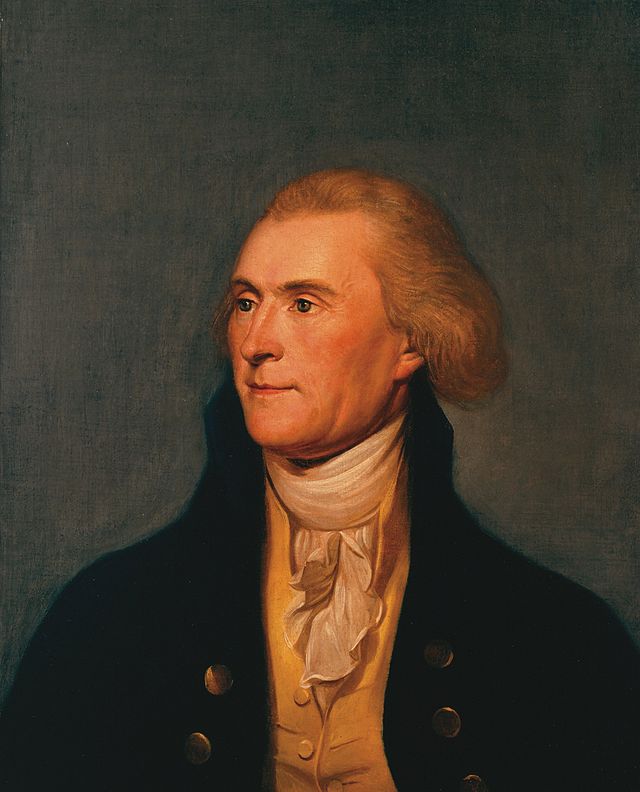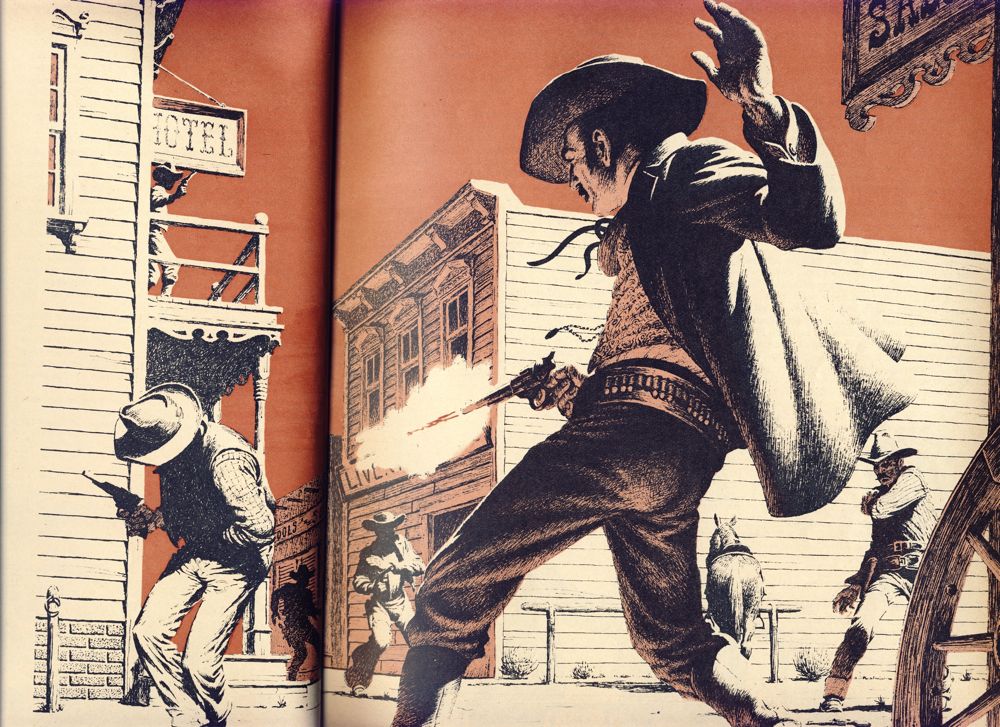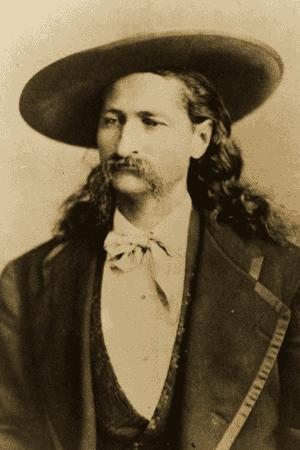The Long-Range Desert Group played a fascinating role in desert operations during World War Two, but unlike the SAS, it is largely unknown. Here, Robert Walsh shares the fascinating story…
An LRDG patrol during the Desert Campaign.
Heavily armed, heavily customized vehicles moving stealthily around the Western Desert, driven by men resembling pirates more than elite soldiers, going deep behind enemy lines to gather intelligence and raid enemy targets. Sounds familiar? You’re more than likely thinking of the original Special Air Service (SAS) Regiment founded and led by Lieutenant Colonel David Stirling. And in this case you’d be wrong. Well, not wrong, exactly. The original SAS were founded for that purpose. But there were other units doing similar work during the Desert Campaign and the SAS weren’t the only ‘desert raiders.’ These units are often overlooked or simply overshadowed by their SAS comrades and many who know the SAS might not have heard of their less famous brethren. The Long-Range Desert Group was one of these units, earning a compliment from their opponents that the SAS themselves would have envied.
They were originally formed in June 1940 at the suggestion of Major Ralph Bagnold, assisted by Captains Patrick Clayton and William Shaw. Bagnold was a pre-war desert explorer and approached General Archibald Wavell, proposing to form a long-range reconnaissance unit to work deep behind enemy lines on covert reconnaissance, intelligence gathering and small-scale raiding missions. Wavell had been a liaison officer with the Egyptian Expeditionary Force during the First World War and doubtless knew of similar operations performed by the ‘Light Car Patrol’. Unlike some of his colleagues (Montgomery, for instance) Wavell understood the concept of what we now call Special Forces and lacked a prejudice common to many generals of the time. Regular British Army officers often had a deep dislike for what they called ‘private armies’, especially when those ‘private armies’ used decidedly irregular methods. Units like the Commandos, SAS and LRDG often found themselves obstructed and hindered by Regular officers and their inflexible attitudes. Wavell not only understood the LRDG’s purpose, he actively assisted in their formation and ensured they were properly supplied and equipped for the job at hand.
Where the SAS tended toward more straightforward sabotage and raiding operations, the LRDG were to adopt a quieter approach, hence the unofficial LRDG motto of ‘Not by Strength, by Guile’ (still the unofficial motto of today’s Special Boat Service, an elite unit within the Royal Marine Commandos). The LRDG did perform raiding operations, but they were mainly to avoid combat and gather information covertly. The SAS might attack airfields, supply dumps, fuels dumps and suchlike, but it was often the LRDG that provided the intelligence and also the transport to get them to and from their targets. Hence the LRDG’s unofficial nickname of the ‘Libyan Desert Taxi Service.’ The LRDG did provide the SAS with transport and intelligence, sometimes joining them in raiding missions. They also ferried secret agents to and from their rendezvous deep behind enemy lines. But they were far more than simply a taxi service for spies and saboteurs. Once the SAS were fully equipped with their own vehicles they were able to mount their own deep-penetration operations and secret agents needed guides who could move stealthily through the desert while fighting if they had to. Hence, the LRDG has sometimes been seen (unfairly and inaccurately) as being merely a taxi service for other units. The LRDG were a small unit, never numbering more than 350 men at their largest, but they achieved results out of all proportion to their numbers.
Specialist Soldiers, Specialized Equipment
The LRDG was a volunteer-only unit. Nobody had to sign up and those that did knew full well the risks of working behind enemy lines. If anything went wrong then they could find themselves stuck hundreds of miles behind enemy lines with very limited supplies and ammunition, large numbers of enemy troops hunting for them, North African desert tribes who might either help them or sell them to the enemy depending on which suited them best, burning heat during the day, freezing cold at night, snakes, spiders, sandstorms, enemy aircraft, ground patrols, impassable obstacles and the ever-present chance of their vehicles breaking down and stranding them in the desert. It was also a multinational force. The first volunteers were from New Zealand, but they were swiftly joined by many volunteers from Rhodesia (now Zimbabwe) and Great Britain. Specialized equipment, vehicles, weapons and training were essential for the LRDG to even exist in the desert, let alone function effectively as a military unit. Fortunately, Major Bagnold was an experienced pre-war desert explorer. He could provide essential knowledge and even equipment of his own invention such as the ‘sun compass’ fitted to all LRDG vehicles. He knew how the vehicles needed to be customized to make desert travel less difficult, how to navigate across the desert, which weapons would be most effective, which tribes were pro-British, pro-German or simply helped the highest bidder at any given time. Without Major Bagnold or someone very similar, the LRDG would never have existed except as an idea.
Two LRDG patrols at a rendezvous with their typical vehicles.
Their vehicles were mainly two-wheel drive jeeps and small trucks, heavily adapted for desert use. Radiators were made larger and condensers fitted to save water and reduce the risk of engines seizing. Special low-pressure desert tires and improved suspension systems made vehicles faster and easier to drive. Every vehicle had a ‘sun compass’ for navigation, a device invented by Bagnold during his pre-war exploring days. Any excess weight and unnecessary parts were stripped and replaced with useful items. Shovels and sand channels were standard for digging vehicles out of sand banks. Excess bodywork was removed to make room for extra weapons and equipment. Everything possible was done to convert LRDG vehicles from ordinary small trucks and jeeps into fast, nimble, heavily armed raiding and reconnaissance vehicles. Ford CMP and Chevrolet trucks were standard issue and the famous Willys jeep also became very popular as a patrol commander’s vehicle. Each patrol had a custom-equipped radio truck and four 6-ton trucks to deliver supplies and set up secret replenishment bases in the desert, enabling patrols to patrol deeper into enemy territory and stay in the field for longer. Communications patrols and LDG headquarters were excellent. Courtesy of each patrol’s specialist radio truck, equipped with the most modern radio equipment and the best radio operators, there were only three occasions during the Desert Campaign where a patrol lost radio contact with their headquarters.
Irregular Warriors
Their personal appearance and vehicles were unconventional. Their choice in weapons was equally unusual and staggeringly broad. LRDG members thought nothing of equipping themselves and their vehicles with captured enemy weapons in addition to whatever they found useful from British arsenals. An LRDG truck might have twin-mounted Vickers or Browning light machine guns at the front, a 50. Caliber Browning machine gun in the back and captured German or Italian machine guns such as German MG42s or Italian Breda M38s mounted at its tail. An LRDG trooper might carry a mixture of personal weapons, British, German, American and Italian. It wouldn’t be unusual to see an LRDG trooper carrying a standard British Commando dagger, a German or Italian pistol (possibly more than one) and a British rifle, an American Thompson submachine gun or a captured submachine gun such as a German MP40 Schmeisser or an Italian Beretta M1934. Light machine guns ranged from British Bren guns to American 30. Caliber Brownings via German MG34s, MG 42s or Italian Breda M37s and M38s. It was expected that all LRDG troopers should be as comfortable with using and maintaining enemy weapons as British or American ones. The LRDG also used hand grenades, landmines, rifle grenades, plastic explosives and specially made ‘Lewis bombs’ (designed by SAS officer ‘Jock’ Lewes) for destroying enemy aircraft on the ground. Couple a mixed bag of weapons with dirty, torn, stained fatigues, Arab headdress, a deep suntan and two weeks of unshaved beard and it is no surprise that LRDG troopers tended to look more like pirates or mercenaries than soldiers, especially to traditional military eyes.
The LRDG cap badge, specially chosen to reflect their military role.
The LRDG’s differing role was reflected even in their cap badge. Where the SAS still have the ‘winged dagger’ representing their airborne capability and the Sword of Damocles that can instantly fall on an enemy, the LRDG had a less aggressive emblem. Their cap badge was a wheel (reflecting their mobility) around a scorpion (a small desert creature with a lethal sting). The rest of their uniform (if you could call it that) usually consisted of torn, stained desert fatigues, sun hats and Arab headdress. The LRDG prided themselves on their unconventional methods and practical effective performance, not on the conventional ‘spit and polish’ smartness of the Regular Army. They looked like a bunch of ruffians, but did their particular jobs as professionally as the smartest-looking soldiers on a parade ground. It was results that mattered, not appearances. The SAS had a similar attitude. Shiny boots and polished buttons meant nothing in the North African desert, hundreds of miles behind enemy lines and knowing that they were as likely to be shot out of hand as taken prisoner if an operation went wrong. For both units this apparent lack of formality and convention frequently caused tensions and rifts with soldiers from Regular units, especially with the more traditionally minded senior officers.
At first a typical LRDG patrol comprised two troopers and 28 non-commissioned officers. Between them a patrol drove one Ford CMP truck and ten smaller Chevrolet trucks. Patrol commanders and patrol sergeants had the option of driving customized jeeps. Each patrol had a patrol medical orderly, desert navigator, radio operator and mechanic. In March 1941 patrols were reorganized into one officer, fifteen to eighteen men and five or six vehicles. Halving the size of patrols gave the LRDG the ability to send more patrols over wider areas while each patrol retained sufficient firepower to fight their way out of trouble if they needed to. Stealth was always preferable to combat and the LRDG soon acquired a nickname from the Italian opposition. The Italians began calling them the ‘Pattaglia Fantasma’ or ‘Ghost Patrol’ acknowledging their ability to evade detection and strike at will.
After The Desert War
When all German forces in North Africa surrendered in Tunisia in May 1943, the LRDG, now having grown to two squadrons comprising around 350 men in all, was at a loose end. They needed to find new areas to operate and so justify their continued existence. They soon found them. The LRDG operated in a number of areas besides the desert although they’re best remembered for their desert operations, especially their work at the Battle of Kufra and their raid on Barce as part of ‘Operation Caravan’. New hunting grounds in the Mediterranean and the Balkans now occupied their time. The Dodecanese campaign, the Battle of Leros, Albania, Yugoslavia and the Italian campaign all featured the LRDG, often operating jointly with other raiding and reconnaissance units such as the SAS, Special Boat Service and the Greek ‘Sacred Squadron’. They adapted their methods to fit the different locations they now operated in and their skill and flexibility made them a valuable asset right up until the end of the war. After the war in Europe officially ended on May 8, 1945 the LRDG’s leaders requested that they be deployed to the Far East and continue performing similar operations against the Japanese. Their superiors declined and on August 1, 1945 the LRDG was formally disbanded. Days after their disbandment the atomic bombs were dropped on Hiroshima and Nagasaki. The Second World War was over; the Cold War was about to begin.
Earlier I mentioned the LRDG receiving the highest of compliments from the unlikeliest of people. The unlikely person was Field Marshal Erwin Rommel, the legendary ‘Desert Fox’ and commander of the Afrika Korps. His compliment to the LRDG was this:
The Long-Range Desert Group caused us more damage than any other British unit of equal strength.
Did you enjoy this article? If so, tell the world! Write about it, tweet about it or share it by clicking on one of the buttons below!
Sources
Gross, Kuno; O'Carroll, Brendan and Chiarvetto, Roberto. Incident at Jebel Sherif. Berlin: Kuno Gross, 2009
http://www.lrdg.org/
http://www.specialforcesroh.com/browse.php?pageid=lrdg
http://www.lrdg.de/vehicles.htm
Morgan, Mike. Sting of the Scorpion: The Inside Story of the Long Range Desert Group. The History Press Publishing, 2003






















